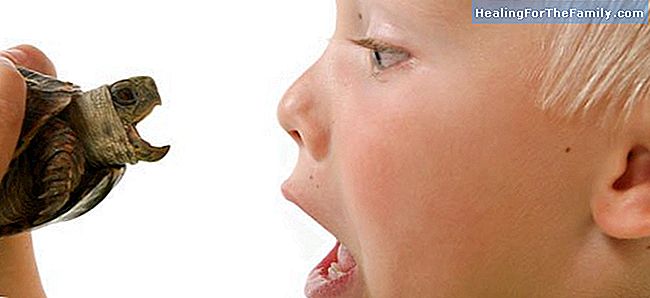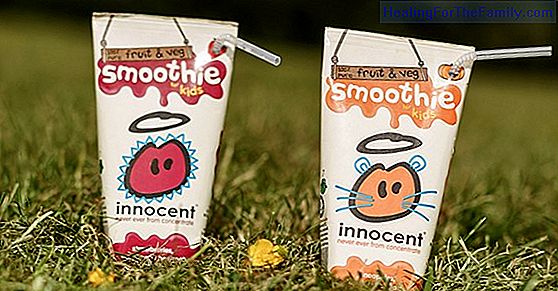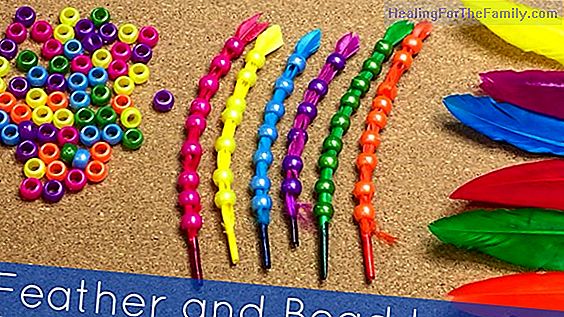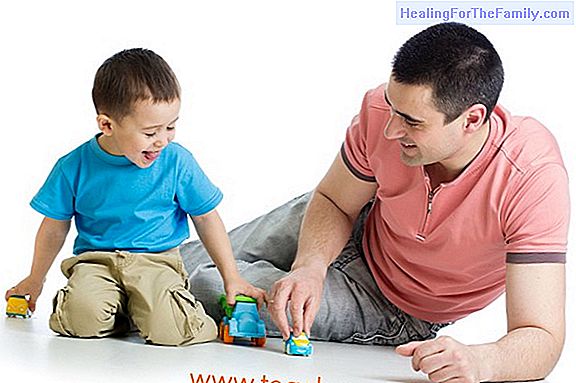How to cure bites from rats, reptiles and other animals in children
There are many types of bites, although in the end, they are all similar. In treatment in all of them is the same: washing the wound, disinfection, examination of the animal (in case you might have a disease) and examination of the child in the following days. We analyze some animal bites of differe
There are many types of bites, although in the end, they are all similar. In treatment in all of them is the same: washing the wound, disinfection, examination of the animal (in case you might have a disease) and examination of the child in the following days.
We analyze some animal bites of different species, among which is, of course, the human race.
Bites of some marine and terrestrial animals to children

1. Bites of amphibians and reptiles: The species of reptile will determine the severity of the bite, both by the size of the animal and its jaws, and by the possibility of inoculation of poisons In Spain, this possibility is exceptional and washing with abundant water under pressure is usually sufficient. Iguana bites, a pet increasingly common in homes, are similar to the rest. More dangerous are the bites of crocodiles, alligators or alligators, very prone to infection.
2. Bites of children to other children: And after all, we are also animals. Of variable frequency in function of different regions and cultural aspects, whose detailed explanation could be extended to a complete encyclopedia. Given the polymicrobial flora of the mouth of the human being, this type of biting has always had a bad reputation and it has been considered that the risk of infection is very high. However, the incidence is very variable (10-50%) and will depend mainly on the location, the hand being the area of greatest risk, once again. In this type of bites, the risk of transmission of hepatitis B, hepatitis C, human immunodeficiency virus and other blood-borne diseases should not be forgotten.
3. Rat bites: Exceptional in our environment, except in rural areas or marginal social media. The rat bite is the least and does not usually require additional measures. Infection of the wound is not frequent. The main problem is the possibility of transmission of various diseases, which is why a pediatric follow-up is recommended.
4. Marine animals (jellyfish, anemones, stars or sea urchins, rays, etc.): This type of bites or stings present a series of different characteristics:
- They should never be washed with fresh water. Always use salt water, pressure and cold water, if possible.
- The wounds should not be rubbed, because the teguments and tentacles of these animals would be distributed through the skin, increasing its irritant effect.
- Ammonia reduced in water can be used to reduce itching and pain. Next, it is recommended to immerse the affected limb in hot water to inactivate some toxins.
5. Bats, rabbits, piranhas ... The danger of the bite of animals like bats is the possible contagion of rabies. There are many other animals that can bite a child, such as rabbits, hamsters, piranhas ... As long as we do not lose sight of the fact that they are animals and keep a certain precaution, there should be no problem. But in case of a bite, go to your pediatrician.












